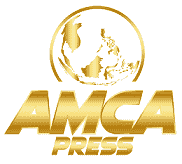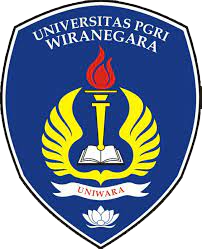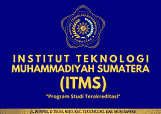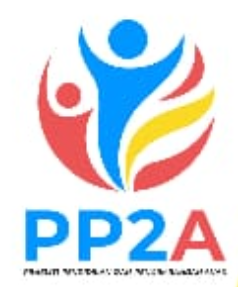Efektivitas Media Pembelajaran dengan Berbagai Aplikasi untuk Meningkatkan Pengetahuan Sains Siswa Tunagrahita
Keywords:
Aplikasi media pembelajaran, pengetahuan sains, siswa tunagrita, metode eksperimen, efektivitas pembelajaranAbstract
Penelitian ini bertujuan untuk meningkatkan efektivitas penggunaan media pembelajaran dalam meningkatkan pengetahuan sains siswa tunagrahita. Penelitian ini menggunakan metode eksperimen dengan desain pretest-posttest control group. Subjek penelitian terdiri dari 60 siswa tunagrahita yang dibagi secara acak ke dalam dua kelompok: kelompok eksperimen yang menggunakan aplikasi media pembelajaran dan kelompok kontrol yang menggunakan metode pembelajaran konvensional. Teknik analisis data yang digunakan adalah uji t untuk mengukur perbedaan peningkatan pengetahuan sains antara kedua kelompok. Hasil penelitian menunjukkan bahwa terdapat peningkatan yang signifikan dalam pengetahuan sains siswa tunagrahita yang menggunakan aplikasi media pembelajaran dibandingkan dengan siswa yang menggunakan metode konvensional (p < 0,05). Nilai rata-rata posttest kelompok eksperimen meningkat sebesar 35% dibandingkan dengan nilai rata-rata pretest, sedangkan kelompok kontrol hanya mengalami peningkatan sebesar 10%. Kesimpulan dari penelitian ini adalah bahwa penggunaan aplikasi media pembelajaran efektif dalam meningkatkan pengetahuan sains siswa tunagrahita. Hal ini menunjukkan bahwa integrasi teknologi dalam proses pembelajaran dapat memberikan manfaat yang signifikan bagi siswa dengan kebutuhan khusus. Temuan ini diharapkan dapat menjadi acuan bagi pendidik dan pengambil kebijakan dalam mengembangkan strategi pembelajaran yang lebih inklusif dan efektif.
Downloads
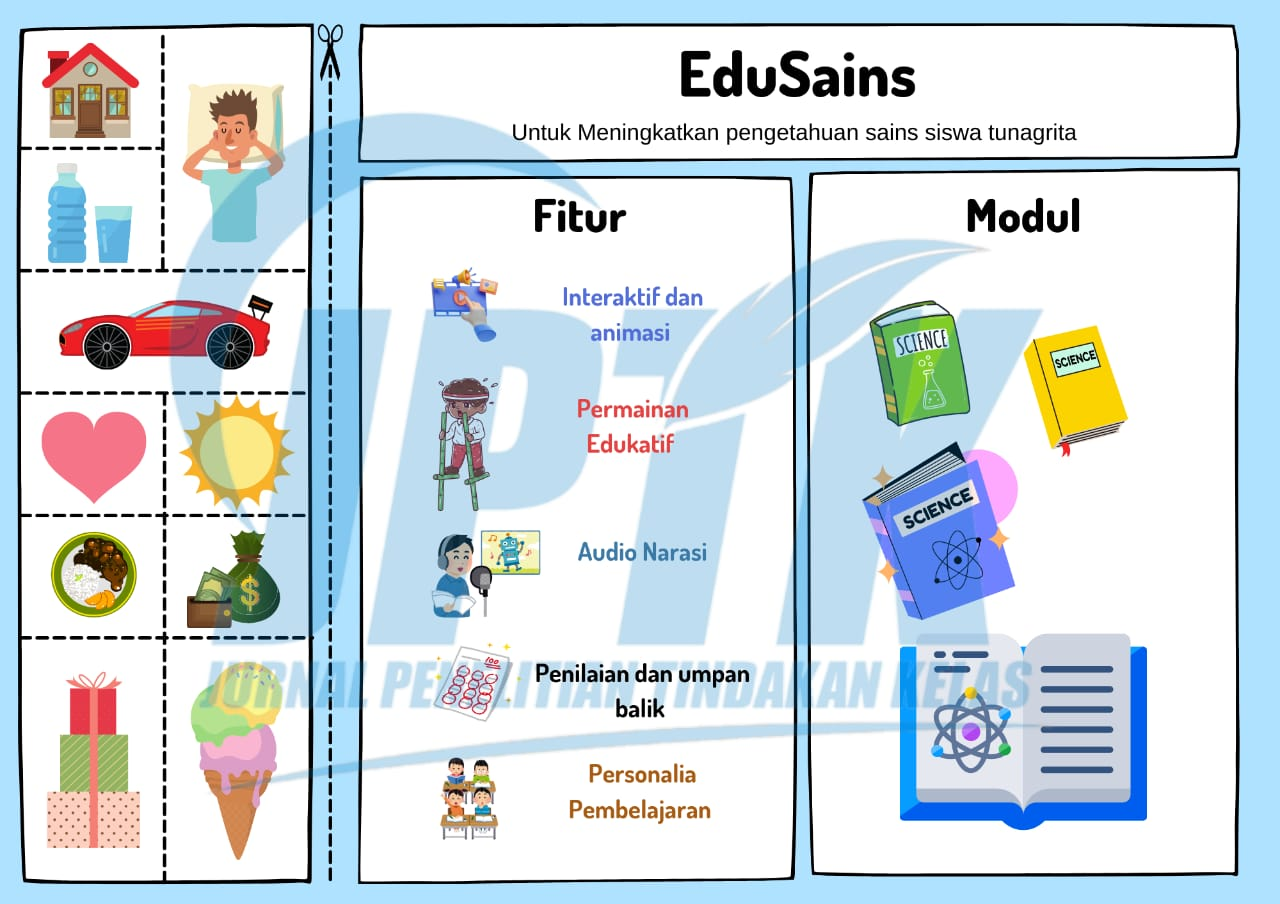
Published
How to Cite
Issue
Section
License
Copyright (c) 2024 Jurnal Penelitian Tindakan Kelas

This work is licensed under a Creative Commons Attribution-ShareAlike 4.0 International License.

 Badan Riset dan Inovasi Nasional (BRIN), Indonesia
Badan Riset dan Inovasi Nasional (BRIN), Indonesia







